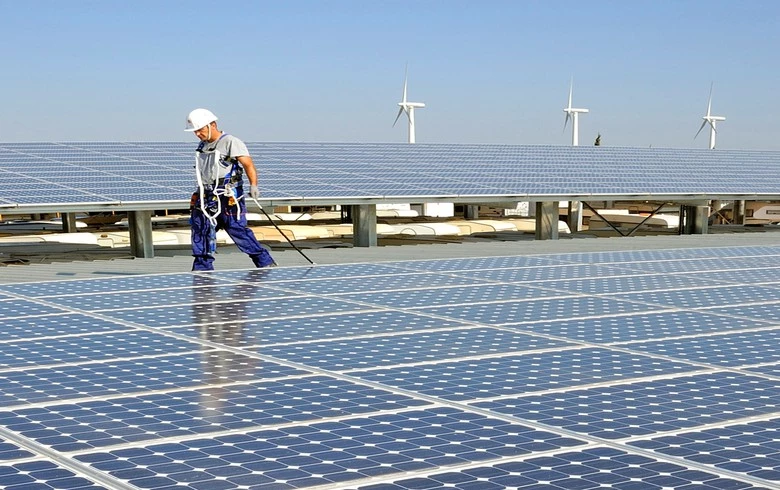Moody’s said in a new report published Wednesday that “the high level of problem loans in Tunisia will continue to weigh on the credit profiles of the country’s banks,” stressing that liquidity conditions will also be challenging.
The rating agency’s report is an update to the markets and does not constitute a rating action.
Moody’s estimated that the credit growth in Tunisia will remain elevated at around 8%-10%, fueled by recovering economic growth of 2.8% compared with 2.3% in 2017, “in a context of declining domestic savings.”
Foreign investment in Tunisia, recovery in sectors such as mining and agriculture, together with a number of reforms aiming to improve business climate should drive economic recovery, said the report.
Regarding liquidity situation, the agency reported increasing challenges for this system, since banks’ funding needs reached “an historical high” of TND11 billion in January 2018 compared with TND7 billion a year earlier.
Banks’ reliance on central bank funding, which increased to 8.4% of total funding in 2017, will remain elevated in 2018, exposing banks to changes in monetary policy and funding cost pressures, according to Moody’s.
We expect reported nonperforming loans (NPLs) for Tunisian banks to stabilize but remain elevated at around 15% of gross loans as of the end of 2017.”
This stabilisation will continue to be driven by sustained loan growth and the relaxation of write-off policies, in particular for public sector banks that have the highest level of NPLs at around 22%, said Olivier Panis, Vice President and Senior Credit Officer at Moody’s.
TunisianMonitorOnLine (Source:TAP)




